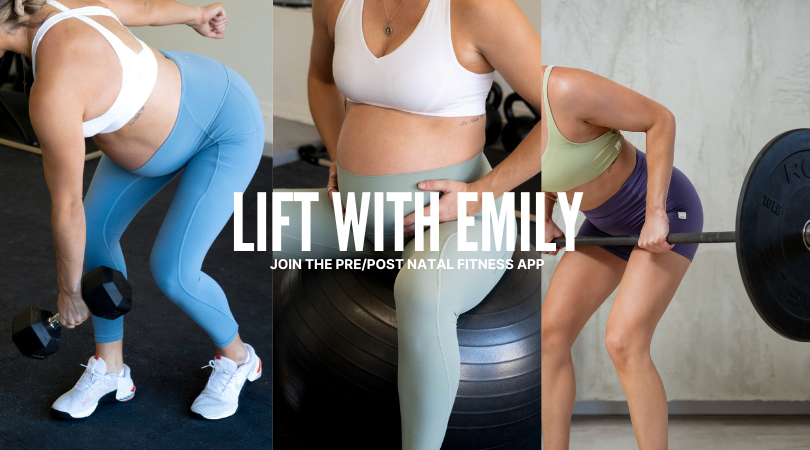
Your thoracic spine directly affects the pelvic floor muscles.
Quick anatomy lesson.
The thoracic spine is the part of upper your back in between your neck (cervical spine) and low back (lumbar spine). The rib cage attaches to the thoracic spine and together form the thorax. The diaphragm is a muscle at the base of your lungs, attaching to the bottom of the ribs. It flattens as it contracts (inhales) which increases the space to allow for expansion. As it relaxes (exhales) it helps push air out.
Poor posture can impair proper diaphragm breathing. The more movement you have in your upper back, the more space your diaphragm and ribcage have to move and the better you breathe. Our spine is meant to move, in particular our mid back is meant to rotate. When your upper back doesn’t move well from in balances in muscle tension, alignment and/or coordination, this can weaken and/or add tension to the pelvic floor muscles.
All of the abdominal muscles and scapula muscles attach to the rib cage also. This can also create stiffness through the abs and contribute to poor posture. The diaphragm and pelvic floor work in unison to regulate intra-abdominal pressure and if your lungs do not have the space to move, this may lead to additional strain on the linea alba and/or pelvic floor. Over time, this can contribute to pelvic floor dysfunction.
Alongside poor pressure management, it can disrupt how the body and muscles work together and cause compensation patterns creating a chain reaction of dysfunction, imbalances, restrictions in mobility, weakness, tension and over working the pelvic floor muscles.
An optimal breath looks like this:
When our diaphragm flattens down, we should see and feel expansion in ALL directions; belly, side and back.
On your inhale, the lungs fill
The diaphragm descends
The rib cage expands to the front, sides and back
The pelvic floor descends
As you exhale, the lungs empty
The diaphragm rises
The rib cage moves down and in
The pelvic floor rises
How pregnancy affects the rib cage
As your baby and uterus grow, it pushes up on the diaphragm and forward on to the abdominals to allow for more space for your baby. This can cause the rib cage to be in a constant state on inhalation (expansion) and affect how well the diaphragm can contract and relax. The intercostals also become tight and weak from a lack of mobility.
Postural changes cause a center of gravity shift moving the pelvis into a more anterior tilt. This moves the rib cage slightly backwards and can limit that range of motion further. To counteract this shift, your thoracic spine is put under more pressure to keep you upright which increases the tension through the muscles and joints.
HOW TO IMPROVE THORACIC MOBILITY
Focusing on including plenty of thoracic mobility – especially rotation – can maintain or improve range of motion, discomfort and encourage more balance amongst these muscles, as well as the muscles of the core.
You can do this by including both mobility and strength exercises to your prenatal and postpartum workouts.
START WITH YOUR BREATH
Improve mobility from the inside out in all directions. Specifically the backside of your body to improve your inhale/exhale.
EXTENSION
The thoracic spine is capable of multiple movements in several planes. It can flex and round forward, extend, rotate, and laterally flex (side bend). Extension will help add length to the front of the body.
ROTATION
Mobilize with rotation, and then load that range for lasting adaptations. Adding a forward reach into your typical upper body strength movements – like this cable row – is a simple way to do it.
SIDE BENDING
This kneeling band overhead side bend is great for improving posture and stability while strengthening the oblique muscles. Adding length to the side of your body will help enhance rotational movement. For pregnancy, you may need to modify or switch to a standing dumbbell side bend.
ADDRESS THE HIPS
We want to look at the whole body as everything is connected. The hip flexors connect to the spine. The psoas (one of the muscles that make up the hip flexors) begin on the thoracic spine which can contribute to poor posture. Add length to the front side of your body to release any tension.
Take the guesswork out of your prenatal and postpartum fitness with the Lift with Emily app. Programs for every stage of your journey to motherhood.

I’m deeply passionate about helping women feel strong, informed, and confident through every stage of motherhood. You deserve more than just a list of do’s and don’ts or generic modifications. With years of hands-on coaching across all kinds of athletes and clients, I blend real-world experience with specialized pre and postnatal knowledge to create strength programs that go far beyond basic adjustments. This is high-level, accessible training - built for your body, your season, and your goals
EXPLORE MORE POSTS